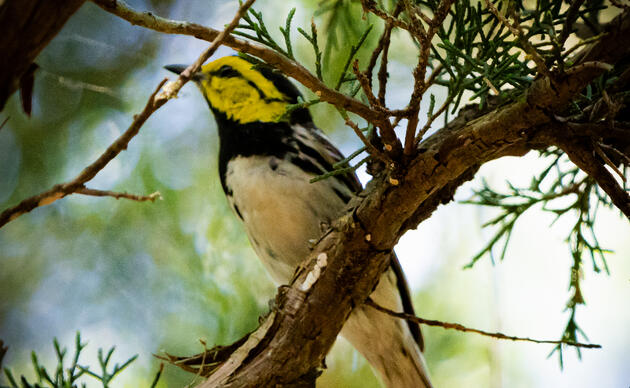SpaceX has grand plans for its Starship / Superheavy program in Boca Chica.
Since 2014, SpaceX has carved out a unique niche for itself in South Texas’ Boca Chica Beach. Starbase, as SpaceX founder Elon Musk calls it, sits on private property amidst some of the state’s most cherished wildlife refuge lands. Decades of conservation work have gone into creating civic treasures: Las Palomas Wildlife Management Area (WMA) to the south, Boca Chica State Park to the north, and the Laguna Atascosa National Wildlife Refuge beyond that. Audubon’s very own Sabal Palm Sanctuary sits less than 20 miles to the southeast, yet another redoubt in a “string of pearls” assemblage of protected lands and critical habitat. This constellation of protected lands provides connectivity and critical habitat for wildlife and birds like Piping Plover, Red Knot, Aplomado Falcon, and others.
As SpaceX’s vision for what may be possible in other worlds has grown, so has this project, its footprint, and the potential impacts from that expansion. The first environmental impact statement (EIS) for the SpaceX complex was conducted in 2014. The process of conducting an EIS is a time-tested way to assess the potential impacts of a large project on its environment and surrounding community, first required in 1969 under the National Environmental Protection Act (NEPA).
Today’s plans at SpaceX are pretty different from what they were in 2014, which is exciting for space enthusiasts and non-space enthusiasts alike. Despite additional environmental assessments that have been conducted since 2014, there is an open question as to whether the changes in scope and magnitude of the plans under today’s vision warrant a new, comprehensive assessment of impacts and alternatives. The goal of an EIS is not to stop or hinder the project, but rather, to collectively analyze and identify potential impacts and interconnections, and to assess how best to avoid or mitigate for unavoidable impacts.
Audubon Texas agrees that a new EIS would be the most appropriate way to assess and understand these cumulative impacts, which is why we submitted comments to the Federal Aviation Administration (FAA) in support of a comprehensive approach. Like SpaceX, in this instance we are in the business of understanding: how activities might impact this fragile habitat, and to ensure that a well-thought-out gameplan is in place to address both the expected and the unexpected. We are committed to shared opportunities to enhance stakeholder engagement, while focusing on evidence-based best practices for protecting this unique ecosystem.
How you can help, right now
Join Audubon Texas Today
Becoming a member supports our local work protecting birds and the places they need.
Consider a Legacy Gift for Texas
Planned gifts and bequests allow you to provide a lasting form of support to Audubon Texas.
Subscribe to Our Newsletter
Subscribe to our newsletter for updates about Audubon Texas's conservation work, and news about our activities and local events.




